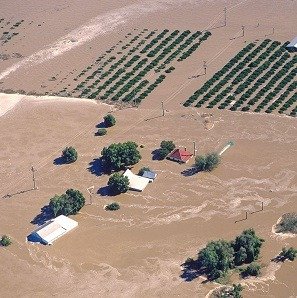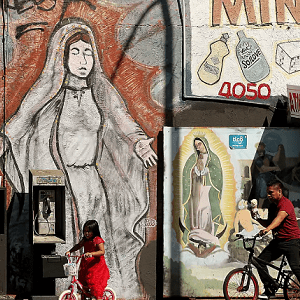Flooding has emerged as a significant health hazard, disproportionately impacting minority communities in the United States. According to a recent report in Environmental Health Perspectives, Black, Hispanic, and low-income populations are more likely to live in flood-prone areas, leading to severe health disparities. Floods, the most common climate hazard, have affected over 1.65 billion people globally from 2000 to 2019, with substantial loss of life and long-term health consequences.
Yuming Guo, MD, PhD, and Shanshan Li, MD, PhD, from Monash University, highlighted that floods are becoming more frequent due to climate change. They noted that the health impacts of floods extend beyond immediate physical injuries to include long-term effects on respiratory and cardiovascular systems, as well as mental health issues. Floods can disrupt access to healthcare, cause water and sanitation problems, and lead to food insecurity and psychological distress.
Lara J. Cushing, PhD, MPH, from the UCLA Fielding School of Public Health, emphasized that low-income communities and communities of color are more likely to live near hazardous sites prone to flooding. This increases their risk of exposure to toxic substances and exacerbates health disparities. Cushing pointed out that systemic issues like “underbounding,” where cities exclude surrounding unincorporated areas from essential services, further heighten these vulnerabilities.
Mary A. Fox, PhD, MPH, from the Johns Hopkins Bloomberg School of Public Health, stressed the role of healthcare providers in educating patients about flood risks and advocating for resilient healthcare systems. She noted that clinicians can help by documenting climate-related health impacts and supporting public health initiatives to improve infrastructure in vulnerable areas.
Addressing the health impacts of flooding on minority communities requires comprehensive policy interventions, community engagement, and increased investment in climate resilience to mitigate these inequities and protect the most vulnerable populations.
See “Flooding May Be the Climate Health Hazard of Our Time, Report Suggests” (November 21, 2024)



